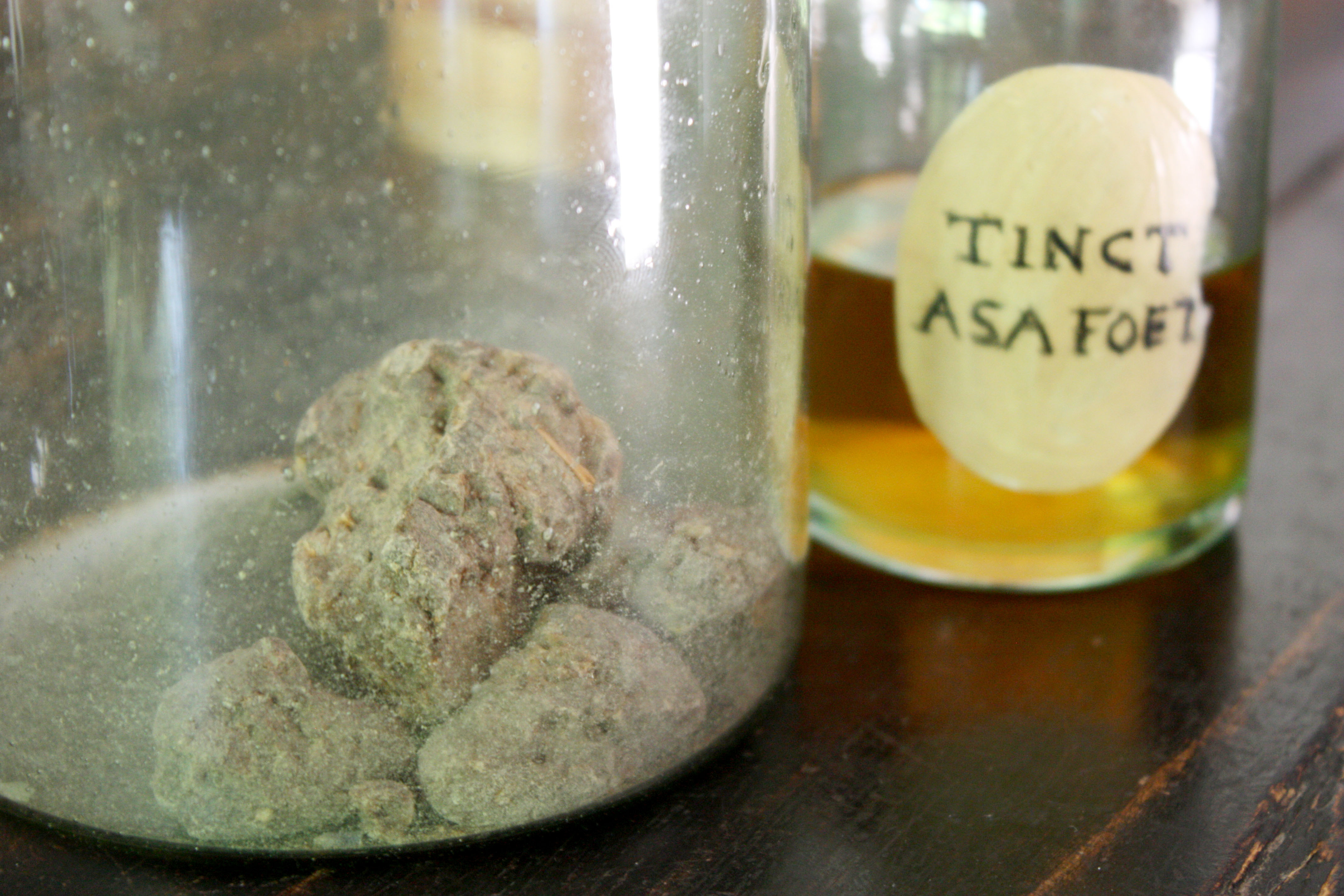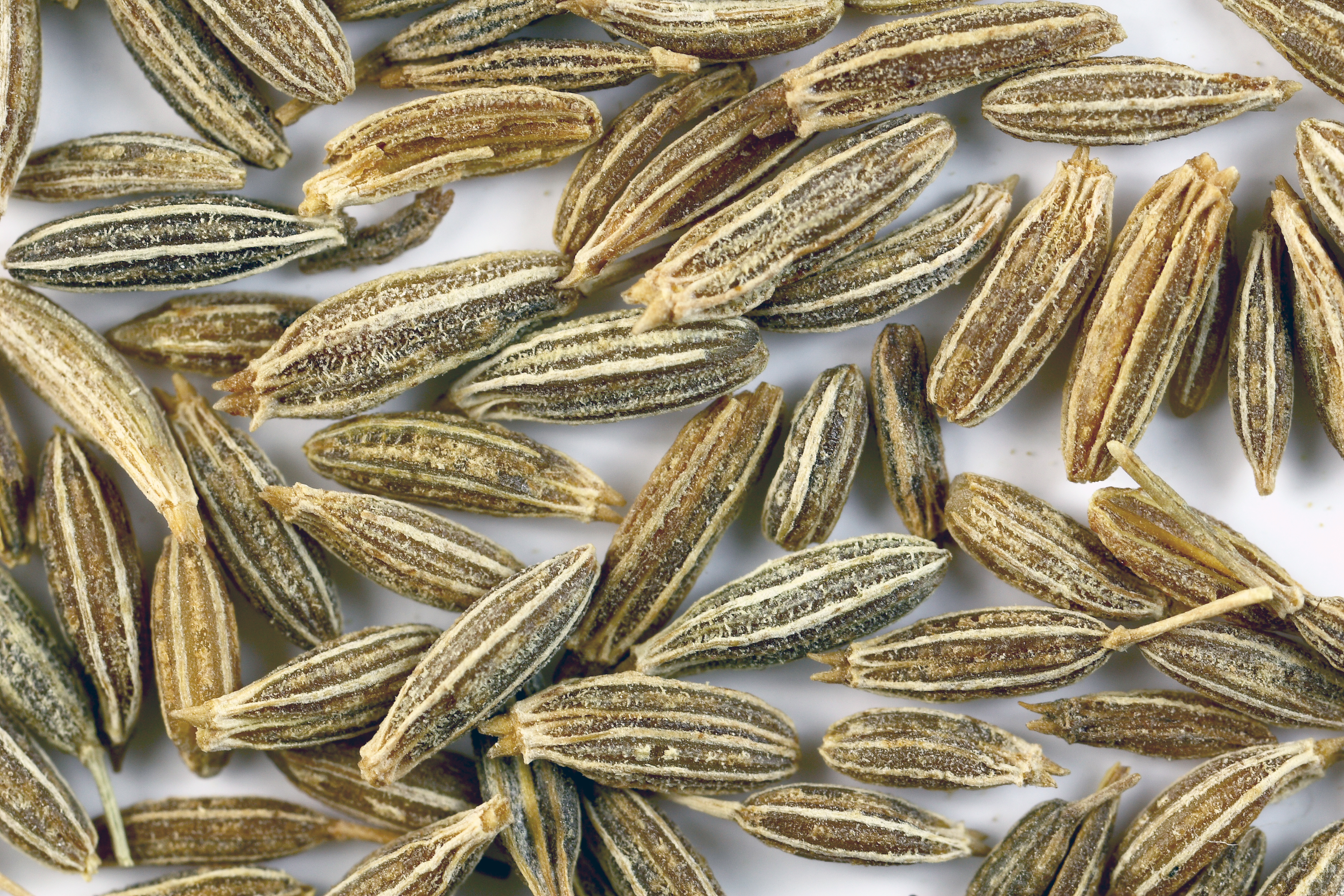|
Antiflatulents
An antiflatulent (or deflatulent) agent is a drug used for the alleviation or prevention of excessive intestinal gas, i.e., flatulence. Mechanisms of action Preventing gas * Enzymes – Enzyme-based dietary supplements break down indigestible substances and prevent these substances from reaching the large intestine intact – where anaerobic bacteria produce gas. Substances indigestible by humans are usually present in foods associated with flatulence, like beans. When these substances reach the large intestine intact, they may be fermented by intestinal bacteria, thereby causing gas production. These supplements are usually taken with foods associated with flatulence. It is important to take the appropriate enzyme with the appropriate food. When consuming beans and other vegetables high in complex carbohydrates, it may be helpful to take a product that contains alpha-galactosidase, such as Beano or kombu. Additionally, for individuals with lactose intolerance, taking a lacta ... [...More Info...] [...Related Items...] OR: [Wikipedia] [Google] [Baidu] |
Epazote
''Dysphania ambrosioides'', formerly ''Chenopodium ambrosioides'', known as epazote, Jesuit's tea, Mexican tea or wormseed, is an annual or short-lived perennial herb native to the Americas. Description ''Dysphania ambrosioides'' is an annual plant, annual or short-lived perennial herb, growing to tall, irregularly branched, with oblong-lanceolate leaf, leaves up to long. The flowers are small and green, produced in a branched panicle at the apex of the stem. As well as in its native areas, it is grown in warm temperate to subtropical areas of Europe and the United States (Missouri, New England, Eastern US), sometimes becoming an invasive species, invasive weed. Chemistry Epazote essential oil contains ascaridole (up to 70%), limonene, p-cymene, and smaller amounts of numerous other terpene, monoterpenes and monoterpene derivatives (, myrcene, terpinene, thymol, camphor and trans-isocarveol). Ascaridole (1,4-peroxido-p-menth-2-ene) is rather an uncommon constituent o ... [...More Info...] [...Related Items...] OR: [Wikipedia] [Google] [Baidu] |
Lactase
Lactase () is an enzyme produced by many organisms and is essential to the complete digestion of whole milk. It breaks down the sugar lactose into its component parts, galactose and glucose. Lactase is found in the brush border of the small intestine of humans and other mammals. People deficient in lactase or lacking functional lactase may experience the symptoms of lactose intolerance after consuming milk products. Microbial β-galactosidase (often loosely referred to as lactase) can be purchased as a food supplement and is added to milk to produce "lactose-free" milk products. Uses Food use Lactase is an enzyme that some people are unable to produce in their small intestine. Technology to produce lactose-free milk, ice cream, and yogurt was developed by the USDA Agricultural Research Service in 1985.Lactase is added to milk, thereby hydrolyzing the lactose in the milk, leaving it slightly sweet but digestible by everyone. Without lactase, lactose-intolerant peopl ... [...More Info...] [...Related Items...] OR: [Wikipedia] [Google] [Baidu] |
Simethicone
Simeticone (International Nonproprietary Name, INN), also known as simethicone (United States Adopted Name, USAN), is an anti-foaming agent used to reduce bloating, discomfort or pain caused by excessive gas. Medical uses Simeticone is used to relieve the symptoms of excessive gas in the gastrointestinal tract, namely bloating, burping, and flatulence. While there is a lack of conclusive evidence that simeticone is effective for this use, studies have shown that it can relieve symptoms of functional dyspepsia and bloating, functional bloating. It has not been fully established that simeticone is useful to treat Baby colic, colic in babies, and it is not recommended for this purpose. A study in the United Kingdom reported that according to parental perception simeticone helped infant colic in some cases. Simeticone can also be used for suspected postoperative abdominal discomfort in infants. Side effects Simeticone does not have any serious side effects. Two uncommon side ef ... [...More Info...] [...Related Items...] OR: [Wikipedia] [Google] [Baidu] |
Beano (dietary Supplement)
Beano is an enzyme-based dietary supplement that is used to reduce gas in the digestive tract, thereby improving digestion and reducing bloating, discomfort, and flatulence caused by gas. It contains the enzyme alpha-galactosidase (α-GAL). It was introduced as a liquid, but that has been discontinued and it is now available only as tablets and strawberry-flavored "Meltaways". Beano is marketed and distributed by Prestige Consumer Healthcare, Inc. Mechanism of action Beano contains the enzyme α-Galactosidase, specifically one derived from the fungus ''Aspergillus niger''. The enzyme works in the digestive tract to break down the complex or branching sugars (polysaccharides and oligosaccharides) in foods such as legumes (beans and peanuts) and cruciferous vegetables (cauliflower, broccoli, cabbage, and brussels sprouts, among others). The enzyme breaks those complex sugars into simple sugars, making these foods somewhat more digestible. The polysaccharides and oligosacchari ... [...More Info...] [...Related Items...] OR: [Wikipedia] [Google] [Baidu] |
Ajowan
Ajwain or ajowan (''Trachyspermum ammi'') () —also known as ajowancaraway, thymol seeds, bishop's weed, or carom—is an annual herb in the family Apiaceae. Both the leaves and the seed‑like fruit (often mistakenly called seeds) of the plant are consumed by humans. The name " bishop's weed" also is a common name for other plants. The "seed" (i.e., the fruit) is often confused with lovage seed. Description Ajwain's small, oval, seed-like fruits are pale brown schizocarps, which resemble the seeds of other plants in the family Apiaceae such as caraway, cumin and fennel. They have a bitter and pungent taste, with a flavor similar to anise and oregano. They smell like thyme because they also contain thymol, but they are more aromatic and less subtle in taste, as well as being somewhat bitter and pungent. Even a small number of fruits tend to dominate the flavor of a dish. Vernacular Names Trachyspermum ammi, commonly known as Ajwain, is known by different names across In ... [...More Info...] [...Related Items...] OR: [Wikipedia] [Google] [Baidu] |
Lactase
Lactase () is an enzyme produced by many organisms and is essential to the complete digestion of whole milk. It breaks down the sugar lactose into its component parts, galactose and glucose. Lactase is found in the brush border of the small intestine of humans and other mammals. People deficient in lactase or lacking functional lactase may experience the symptoms of lactose intolerance after consuming milk products. Microbial β-galactosidase (often loosely referred to as lactase) can be purchased as a food supplement and is added to milk to produce "lactose-free" milk products. Uses Food use Lactase is an enzyme that some people are unable to produce in their small intestine. Technology to produce lactose-free milk, ice cream, and yogurt was developed by the USDA Agricultural Research Service in 1985.Lactase is added to milk, thereby hydrolyzing the lactose in the milk, leaving it slightly sweet but digestible by everyone. Without lactase, lactose-intolerant peopl ... [...More Info...] [...Related Items...] OR: [Wikipedia] [Google] [Baidu] |
Asafoetida
Asafoetida (; also spelled asafetida) is the dried latex (Natural gum, gum oleoresin) exuded from the rhizome or tap root of several species of ''Ferula'', perennial herbs of the carrot family. It is produced in Iran, Afghanistan, Central Asia, southern India and Northwest China (Xinjiang). Different regions have different botanical sources. Asafoetida has a Pungency, pungent smell, as reflected in its name, lending it the common name of "stinking gum". The odour dissipates upon cooking; in cooked dishes, it delivers a smooth flavour reminiscent of leeks or other onion relatives. Asafoetida is also known colloquially as "devil's dung" in English (and similar expressions in many other languages). Etymology and other names The English language, English name is derived from ''asa'', a Romanization, Latinised form of Persian language, Persian 'mastic (plant resin), mastic', and Latin 'stinky'. Other names include, with its pungent odour having resulted in many unpleasant na ... [...More Info...] [...Related Items...] OR: [Wikipedia] [Google] [Baidu] |
Turmeric
Turmeric (), or ''Curcuma longa'' (), is a flowering plant in the ginger family Zingiberaceae. It is a perennial, rhizomatous, herbaceous plant native to the Indian subcontinent and Southeast Asia that requires temperatures between and high annual rainfall to thrive. Plants are gathered each year for their rhizomes, some for propagation in the following season and some for consumption or dyeing. The rhizomes can be used fresh, but they are often boiled in water and dried, after which they are ground into a deep orange-yellow shelf-stable spice powder commonly used as a coloring and flavoring agent in many Asian cuisines, especially for curries ( curry powder). Turmeric powder has a warm, bitter, black pepper-like flavor and earthy, mustard-like aroma. Although long used in Ayurvedic medicine, there is no high-quality clinical evidence that consuming turmeric or the principal turmeric constituent, curcumin, is effective for treating any disease. Curcumin, a bright ye ... [...More Info...] [...Related Items...] OR: [Wikipedia] [Google] [Baidu] |
Burping
Burping (also called belching and eructation) is the release of gas from the upper digestive tract (esophagus and stomach) of animals through the mouth. It is usually audible. In humans, burping can be caused by normal eating processes, or as a side effect of other medical conditions. There is a range of levels of social acceptance for burping: within certain contexts and cultures, burping is acceptable and may even be perceived as humorous, while in others it is seen as impolite or even offensive and therefore unacceptable. Humans are not the only animals that burp: it is very common among other mammals. In particular, burping by domesticated ruminants, such as cows or sheep, is a major contributor of methane emissions and may have a negative effect on the environment. Significant research is being done to find mitigation strategies for ruminant burping, e.g. modifying the animals' diets with '' Asparagopsis taxiformis'' (red seaweed). Causes *Burping is usually caused by ... [...More Info...] [...Related Items...] OR: [Wikipedia] [Google] [Baidu] |
Gastrointestinal Tract
The gastrointestinal tract (GI tract, digestive tract, alimentary canal) is the tract or passageway of the Digestion, digestive system that leads from the mouth to the anus. The tract is the largest of the body's systems, after the cardiovascular system. The GI tract contains all the major organ (biology), organs of the digestive system, in humans and other animals, including the esophagus, stomach, and intestines. Food taken in through the mouth is digestion, digested to extract nutrients and absorb energy, and the waste expelled at the anus as feces. ''Gastrointestinal'' is an adjective meaning of or pertaining to the stomach and intestines. Nephrozoa, Most animals have a "through-gut" or complete digestive tract. Exceptions are more primitive ones: sponges have small pores (ostium (sponges), ostia) throughout their body for digestion and a larger dorsal pore (osculum) for excretion, comb jellies have both a ventral mouth and dorsal anal pores, while cnidarians and acoels have ... [...More Info...] [...Related Items...] OR: [Wikipedia] [Google] [Baidu] |
Cumin
Cumin (, ; ; ''Cuminum cyminum'') is a flowering plant in the family Apiaceae, native to the Irano-Turanian Region. Its seeds – each one contained within a fruit, which is dried – are used in the cuisines of many cultures in both whole and ground form. Although cumin is used in traditional medicine, there is no high-quality evidence that it is safe or effective as a therapeutic agent. Etymology and pronunciation The term comes via Middle English ''comyn'', from Old English ''cymen'' (which is cognate with Old High German ''kumin'') and Old French cummin, both from the Latin term . This in turn comes from the Ancient Greek (), a Semitic languages, Semitic borrowing related to Hebrew language, Hebrew () and Arabic (). All of these ultimately derive from Akkadian language, Akkadian (). The English word is traditionally pronounced (), like "coming" with an ⟨n⟩ instead of ⟨ng⟩ (/ŋ/)."Cumin." '' A Way with Words'' (Radio broadcast/podcast). 25 October 2014. Re ... [...More Info...] [...Related Items...] OR: [Wikipedia] [Google] [Baidu] |







